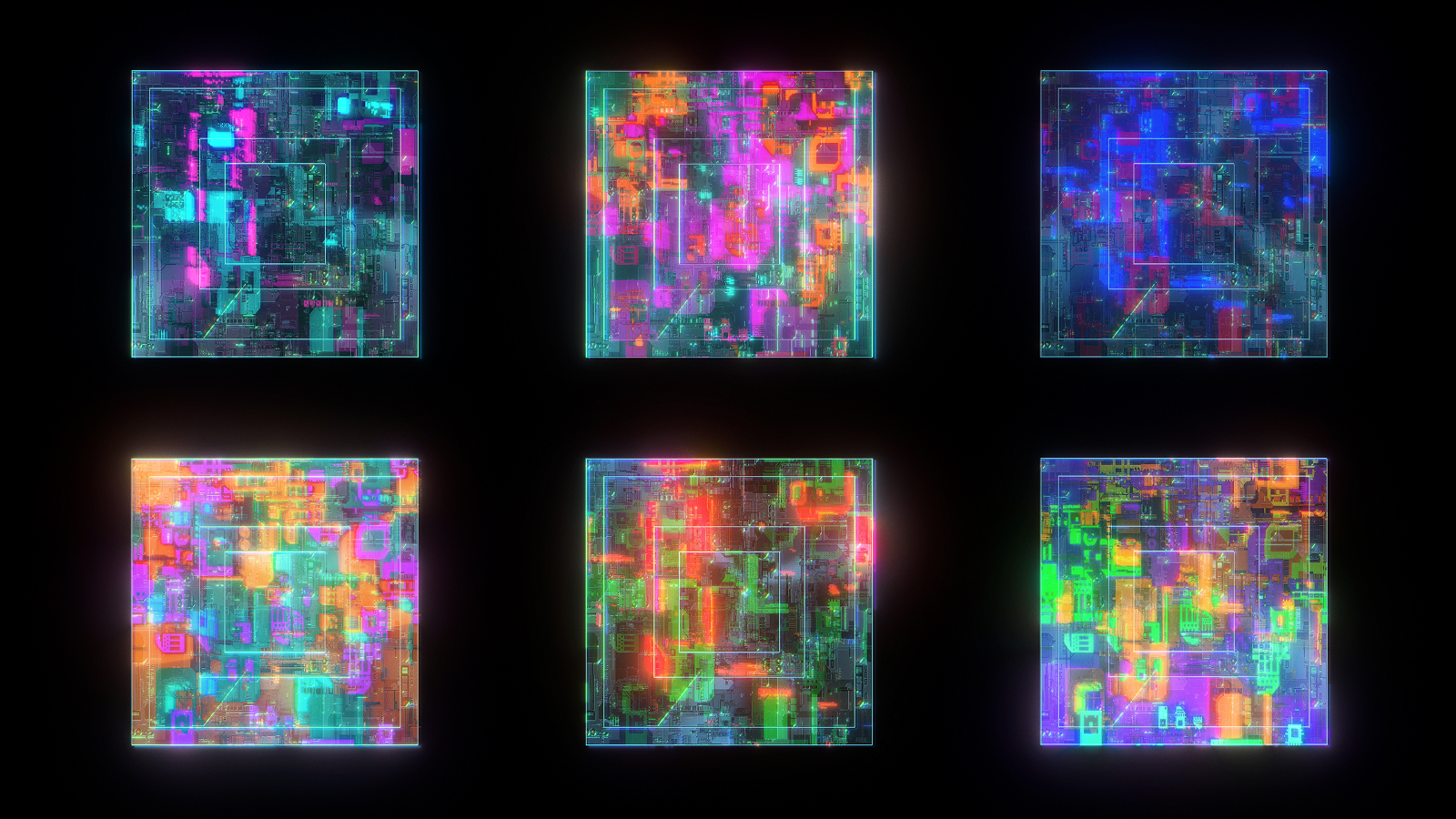
Researchers have created a device that allows quantum processors to communicate with each other directly — an important step in developing practical quantum computers. It could mean both faster and less error-prone communication between processors.
Existing quantum architecture offers only limited communication between separate quantum processing units (QPUs). Such communication is “point-to-point,” meaning that information has to be transferred in a chain across several nodes before reaching its destination. This increases the possibility of exposing the quantum information to noise and makes it more likely for errors to occur.
However, the new device developed by MIT scientists allows for “all-to-all” communication, so that all processors in a single network can communicate directly with any other processor. The researchers outlined their “remote entanglement” approach in a new study published March 21 in the journal Nature Physics.
Remote entanglement is a state where two particles share the same state, and changes to one automatically affect the other. The distance between the two can be vast, with no currently known limit.
In testing, the researchers connected two quantum processors by way of modules, each comprising four qubits. Some of the qubits in each module were tasked with sending photons, light particles that can be used to transmit quantum data, while others were assigned to storing data.
The modules were linked together with a superconducting wire called a waveguide, with the modules serving as an interface between the larger quantum processors and the waveguide. The scientists said that any number of processors could be connected in this way, creating a highly scalable network.
The researchers then used microwave pulses to spark an individual qubit into emitting photons in either direction across the waveguide.
Related: China achieves quantum supremacy claim with new chip 1 quadrillion times faster than the most powerful supercomputers
“Pitching and catching photons enables us to create a ‘quantum interconnect’ between nonlocal quantum processors, and with quantum interconnects comes remote entanglement,” said senior author of the study William D. Oliver, Associate Director of the Research Laboratory of Electronics at MIT, in a statement.
Photonic distortion
Entanglement is a state where two particles become connected and share information, even at vast distances. A change in one entangled particle will immediately affect its partner. It’s a critical phenomenon for quantum computing because it allows qubits to be correlated and act as a single system. This, in turn, lets us create algorithms that are impossible with classical computers.
However, just moving photons back and forth between modules doesn’t automatically create entanglement. To achieve that, the team had to specially prepare both the qubits and the photon, so that after being transferred, the modules shared a single photon.
To force the two modules to share the same photon, they had to interrupt photon emission pulses at the halfway point. This essentially meant that half of the photon was absorbed on the receiving end while half was retained by the emitting module.
The problem with this method is that the photon becomes distorted while traveling across the waveguide, which can impact absorption and interrupt entanglement. To overcome this flaw in the architecture, the team had to distort the photons to encourage maximum absorption. By distorting photons prior to transmission, they were able to raise absorption levels to 60%, enough to ensure entanglement.
The work is broadly applicable to practical quantum computing applications, according to lead author of the study Aziza Almanakly, an electrical engineering and computer science graduate student.
“In principle, our remote entanglement generation protocol can also be expanded to other kinds of quantum computers and bigger quantum internet systems,” Almanakly said.
